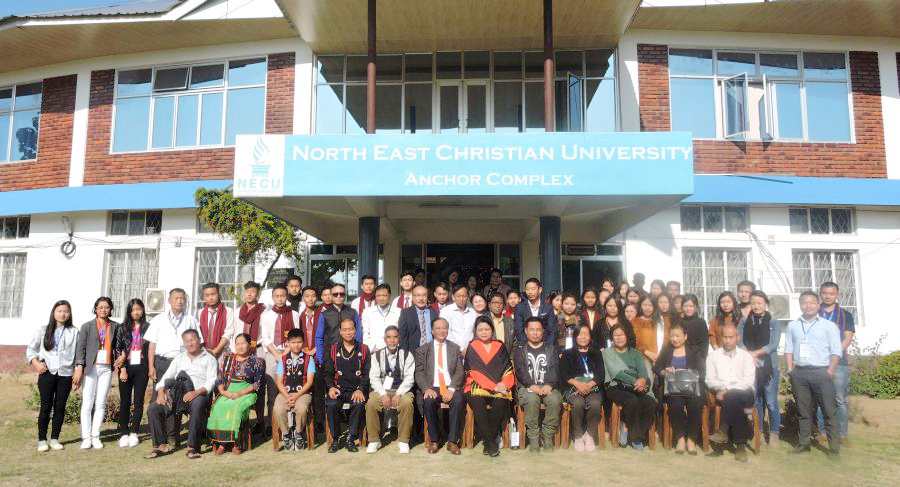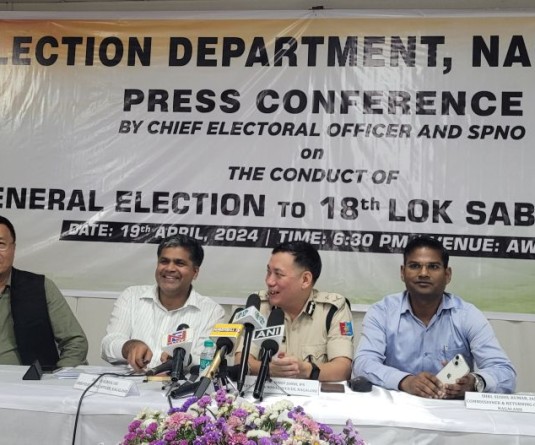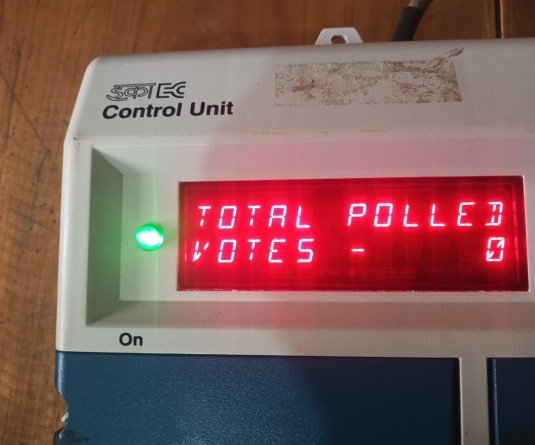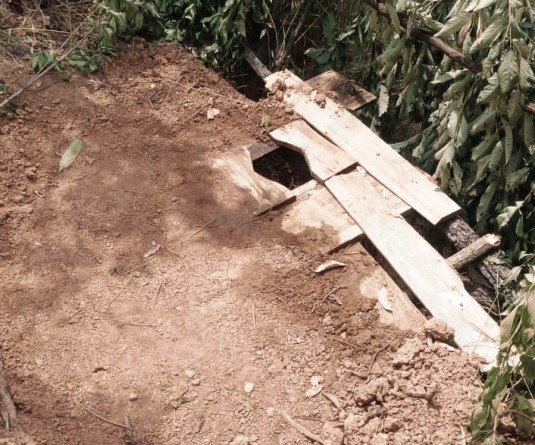Some of the resource persons with the participants and others during the North East Christian University 2nd Annual Regional Symposium on Naga Culture held at the NECU campus, Dimapur on December 9 and 10. (Photo Courtesy: NECU)

Dimapur, December 12 (MExN): North East Christian University (NECU) organized its 2nd Annual Regional Symposium on Naga Culture on December 9 and 10 at the NECU campus, Dimapur.
The symposium was sponsored by the North Eastern Council (NEC), under the Ministry of Development of North Eastern Region (DoNER), and co-sponsored by the Heritage Publishing House, Dimapur.
“Being a complementary event to the annual hornbill festival, the symposium showcases diverse aspects of the Naga culture and its heritage through literature, fine arts, and traditional practices by inviting speakers, resources persons, folklorists, etc from Nagaland and across the North Eastern States,’ stated a press release issued by NECU.
Resource persons included Dr Aküm Longchari, Kahuto Chishi, Rev Dr Yangkahao Vashum, Dr Anungla Aier and Bano Haralu along with renown cultural artiste such as Mo Naga (Award-winning traditional tattoo artist), Hojevi Cappo (Traditional and indigenous Music artiste), among many others.
NECU press release stated that the symposium was aimed to inform, consider, unlearn, innovate, and understand the essential aspects of what it meant to be “Naga” with its concomitant “Culture.”
The dialogue included sessions on the legacies of the past (such as traditional laws and customs) and how they erect the structures of our society. The discussants pondered on the limits of our present social structure, the need to reform and adapt the existing customs and traditions to the changing times, and the necessity to consider a new language and discover new stories of meaning, values, and norms to address much of the historical factors contributing to the misconstruction of our identity and culture, which are not limited to food and dances.
Sessions were held to illustrate the indispensable link that fundamentally connects our identity and religion with our nature, environment, and its conservation. Such discussions opened questions into our present comprehension of our cultural heritage, where our ways of life is severely disconnected from the roots of our ancestors and history, albeit a questionable ones. The sessions’ discussions informed about how the roots of our myths were not only life-affirming and liberating but also guided us to maintain harmonious relations with our environment.
“Even our traditional tattoos, a significant aspect of our culture, were not just a piece of mark to indicate a group, gender, etc.; rather they were rooted in our environment, from where we derive not only our cultural mores, values, norms, but also our conception of courage, virility, wisdom, and prudence, among many others,” it stated.
The symposium also showcased how traditional musical instruments and songs were also deeply embedded with our environment. It also added that from the materials that went to the making of such native instruments to the songs, these were all a derivation from the vast natural sources and meanings they signify that surrounded every aspect of daily lives.
The symposium was attended by special guests and invitees, along with faculties and students from university and colleges across Dimapur.





